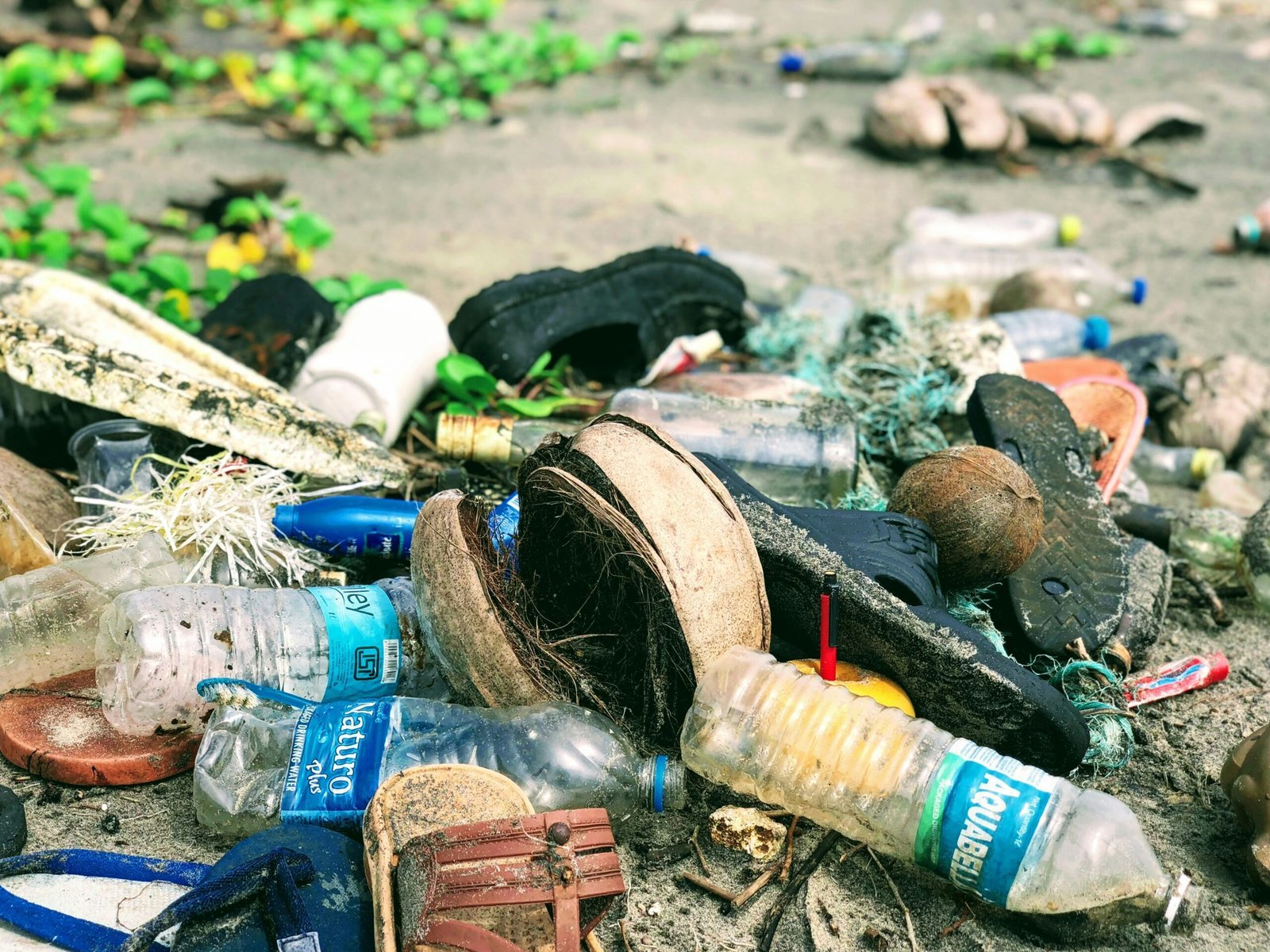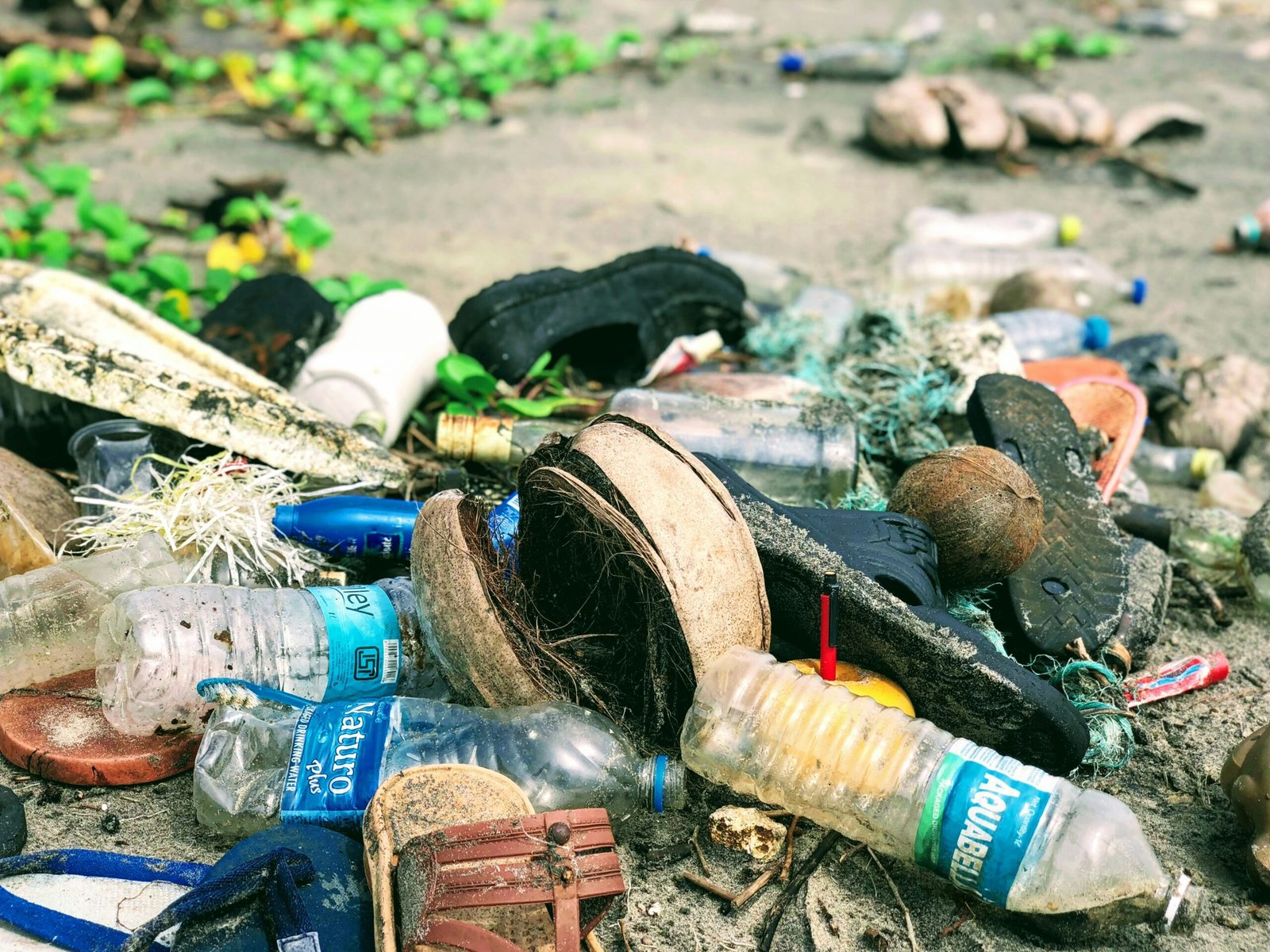Global Warming and Pollution: Pressing Environmental Issues Threatening Our Planet

Understanding Global Warming and Pollution
Global warming and pollution are two intertwined environmental issues posing significant threats to our planet. Global warming refers to the long-term rise in Earth’s average surface temperature due to human activities, predominantly the emission of greenhouse gases (GHGs). The scientific principles behind global warming revolve around the greenhouse effect, a natural process where certain gases in Earth’s atmosphere trap heat, thereby keeping the planet warm enough to sustain life. However, human activities, such as burning fossil fuels and deforestation, have significantly increased the concentration of GHGs like carbon dioxide (CO2), methane (CH4), and nitrous oxide (N2O), exacerbating the greenhouse effect and leading to global warming.
Pollution, on the other hand, encompasses the contamination of various natural resources by harmful substances. It is categorized into several types, including air, water, and soil pollution. Air pollution involves the release of pollutants like sulfur dioxide (SO2), nitrogen oxides (NOx), and particulate matter (PM), which can have severe health impacts on living organisms and contribute to environmental degradation. Water pollution results from the discharge of industrial waste, agricultural runoff, and sewage into water bodies, leading to the contamination of drinking water sources and aquatic ecosystems. Soil pollution is often caused by the use of pesticides, industrial spills, and improper disposal of waste, leading to the degradation of soil quality and posing risks to food security.
Historically, the escalation of global warming and pollution can be traced back to the Industrial Revolution, a period marked by a significant increase in fossil fuel consumption and industrial activities. The advent of industrialization led to a sharp rise in the emission of GHGs and pollutants, setting the stage for the environmental challenges we face today. Over time, human activities such as urbanization, deforestation, and the proliferation of motor vehicles have further accelerated these impacts, highlighting the urgent need for sustainable practices and policy interventions to mitigate the adverse effects of global warming and pollution.
Interconnection Between Global Warming and Pollution
Global warming and pollution are intricately linked, with each exacerbating the other in a detrimental feedback loop. Pollutants, particularly greenhouse gases like carbon dioxide (CO2), methane (CH4), and nitrous oxide (N2O), play a significant role in enhancing the greenhouse effect. This effect occurs when these gases trap heat in the Earth’s atmosphere, leading to an overall increase in global temperatures. The combustion of fossil fuels in vehicles, industrial processes, and power plants is a primary source of these pollutants.
Air pollution from vehicles and factories not only degrades air quality, posing severe health risks to humans, but it also contributes to the rise in atmospheric temperatures. For instance, the exhaust from cars releases not only CO2 but also nitrogen oxides and particulate matter that can absorb and reflect sunlight, further warming the atmosphere. Similarly, industrial emissions contribute to the accumulation of greenhouse gases, reinforcing the cycle of global warming.
Moreover, feedback loops significantly intensify the impact of these interrelated issues. One such loop involves the melting of polar ice caps due to rising temperatures. As these ice caps melt, they release previously trapped pollutants like black carbon and methane into the atmosphere and oceans. This release not only directly increases greenhouse gas concentrations but also reduces the Earth’s albedo effect—wherein less ice means less sunlight is reflected back into space, leading to further warming and more ice melt.
The ramifications of this interconnectedness extend to various ecosystems, human health, and global weather patterns. Ecosystems, such as coral reefs and polar habitats, suffer drastically from the combined effects of pollution and global warming, leading to loss of biodiversity and habitat destruction. Human health is compromised by the increased prevalence of respiratory and cardiovascular diseases due to air pollution, alongside the more extreme weather events and natural disasters fueled by global warming. Furthermore, altered weather patterns, including increased frequency and intensity of storms, droughts, and heatwaves, stem from these environmental changes, posing additional threats to global agriculture, water supply, and overall societal stability.
Consequences of Global Warming and Pollution
Global warming and pollution have far-reaching consequences that affect nearly every aspect of life on our planet. One of the most immediate environmental impacts is the rising sea levels. According to the Intergovernmental Panel on Climate Change (IPCC), global sea levels have risen by about 8 inches since the late 19th century. This increase is primarily due to melting ice caps and glaciers, as well as the thermal expansion of seawater as it warms. The rising sea levels threaten coastal communities, leading to frequent flooding, loss of habitat, and increased erosion.
Extreme weather events are another significant consequence of global warming. The frequency and intensity of hurricanes, typhoons, and other storms have increased, causing widespread damage. For instance, Hurricane Harvey, which struck the United States in 2017, resulted in an estimated $125 billion in damages. Similarly, prolonged droughts and intense heatwaves have become more common, adversely affecting agriculture and water supply.
The loss of biodiversity is also a critical concern. Many species are unable to adapt quickly enough to the changing climate and are facing extinction. Coral reefs, which are vital marine ecosystems, are particularly vulnerable. The Great Barrier Reef has experienced severe bleaching events, with significant portions of it now considered dead or dying.
Human health is directly impacted by pollution. Air pollution is linked to a range of respiratory diseases, including asthma and chronic obstructive pulmonary disease (COPD). The World Health Organization (WHO) estimates that air pollution causes approximately 7 million premature deaths annually. Additionally, pollution contributes to cardiovascular problems and other health issues, exacerbating the global burden of disease.
The socio-economic consequences of global warming and pollution are equally alarming. Climate change-induced events such as floods, storms, and droughts often lead to the displacement of communities. According to the Internal Displacement Monitoring Centre (IDMC), nearly 24 million people were displaced by natural disasters in 2019 alone. Agricultural disruptions caused by extreme weather conditions lead to food insecurity and economic losses, particularly in developing countries that rely heavily on agriculture. The overall economic impact is staggering, with the potential to reach trillions of dollars in damages and lost productivity.
Potential Solutions and Mitigation Strategies
Addressing global warming and pollution necessitates a multifaceted approach, involving international collaboration, policy changes, technological advancements, and individual actions. One notable international effort is the Paris Agreement, a climate accord that aims to limit global temperature rise to well below 2 degrees Celsius above pre-industrial levels. Countries worldwide have committed to reducing their greenhouse gas emissions under this accord, demonstrating the power of collective action in tackling environmental issues.
Renewable energy sources are at the forefront of reducing greenhouse gas emissions. Solar, wind, and hydroelectric power present viable alternatives to fossil fuels, offering cleaner and more sustainable energy solutions. The transition to renewable energy not only mitigates global warming but also reduces air pollution, benefiting public health. For instance, Denmark’s investment in wind energy has significantly decreased its carbon emissions, setting a benchmark for other nations.
Energy efficiency plays a critical role in minimizing environmental impact. Improvements in building insulation, lighting, and appliances can substantially reduce energy consumption. Sustainable transportation, including the adoption of electric vehicles and public transit systems, further contributes to emission reductions. Cities like Amsterdam have integrated extensive cycling infrastructure, promoting eco-friendly transportation and reducing reliance on fossil fuels.
Waste reduction is another essential strategy. Implementing recycling programs and reducing single-use plastics can significantly decrease pollution. Countries like Germany have excelled in waste management through comprehensive recycling systems, showcasing effective methods for minimizing landfill waste.
Policy changes and technological innovations are pivotal in combating global warming and pollution. Governments can incentivize renewable energy adoption and enforce regulations to limit emissions. Technological advancements, such as carbon capture and storage (CCS), offer promising solutions for reducing atmospheric carbon dioxide. Moreover, individual actions, including energy conservation, sustainable consumption, and active participation in environmental advocacy, collectively make a substantial impact.
Successful initiatives worldwide exemplify effective strategies. Costa Rica’s commitment to renewable energy and Norway’s incentives for electric vehicles highlight the feasibility and benefits of sustainable practices. These examples underscore the importance of a comprehensive approach, integrating international efforts, policy support, and individual responsibility to address the pressing environmental issues of global warming and pollution.









2 Comments
최헌정삼성그룹의 양대 보험사인 삼성생명과 삼성화재가 헬스케어 엎치락뒤치락하고 있다
5d8xwg